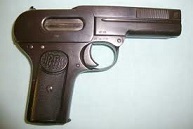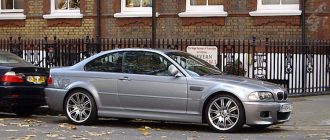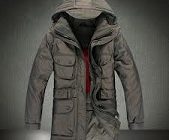Modern German Army pistols consist of the series of pistols from Walther’s military production, which has been contributing various models of military pistols since 1938, and the Heckler & Koch USP, since 1995. Read our guide for more facts and inf
Pistols are handguns comprising a chamber that integrates with a barrel, unlike a revolver in which the chamber and barrel are distinct. They usually have a range of approximately 100 feet. The oldest handguns used a powder that was lighted by a flint and fired a projectile made of a lead ball. With technological advancement, modern pistols use cartridges that consist of explosive powder, and encase the projectile. When the pistol hammer hits the cartridge at the right point, the powder explodes, firing the aerodynamic bullet.
The debut of modern pistols in the German Army
In the year 1908, Luger was adopted as the official pistol by the German Army. Prior to the Second World War, it switched over to the Walther P-38 pistol, as the standard Luger P08 was expensive and had a design that was susceptible to dirt and blocks, posing limitations on the battle field. After the introduction of Walther P-38, they became the official standard, and also form an interesting collectible today.
Versions of P-38 pistol
The Bundeswehr, after its formation in 1957, adopted a lighter version of the P38 namely, Pistole 1 or P1. The former steel frames were replaced by lightweight aluminum frames. The P4, which came in the 1970s had automated firing pin safety, with the barrel cut back by an inch and a decock lever. They were labeled P38 IV, rather than P4.
The P38K or P38 Kurz was a modification from P4, with the barrel cut short at the frontal slide, and was meant for carrying along in a concealed manner. A majority of the P4 models was announced as obsolete in the 1980’s and sold as surplus, while the P1 remained till 1995. Manufacture of commercial P38 models lasted till the year 2000.
The Heckler & Koch pistol
In 1989, Heckler & Koch developed a Universal Self-loading Pistol or Universal Selbstlade Pistole (USP), with an innovative design that could serve as a universal weapon for both the police and military. It was manufactured in several versions and sizes, targeting the US market. Its first version that came in 1993 was designed for a new .40-American cartridge. In 1995, the 9mm model was adopted by the German Army as its service pistol and was designated as P8. The compact models that arrived in 1996 were approved to be used by the German police as the 9mm P10 pistol.
Civilian models of the USP include USP Expert, USP Match and USP Elite. Special models include the .45 caliber USP Tactical, 9mm USP 9SD and .45 caliber USP 45 Compact Tactical. A model with longer threaded barrels is intended for using with silencers. USP models have a polymer frame and are locked-breech pistols, with a short-recoil operation. A single lug locks the barrel to the side and involves itself in the ejection port. An extension beneath the chamber controls the unlocking and interacts with the steel insert fixed into the frame. Double-action trigger, frame-mounted lever external hammer and automatic firing pin safety are some of the features of USP pistols. Though most USP pistols have magazines constructed of steel, Bundeswehr’s P8 pistols use polymer magazines that are semi-translucent. Magazine release levers, positioned at the trigger-guard’s base are ambidextrous. Most USPs have polygonal rifling, but those released in 1993 and the German Army P8’s are an exception.
A minimum score of bronze with the latest German Army pistol, i.e., the Heckler & Koch USP and the G 36 is necessary to receive the Badge of Marksmanship, awarded by the German Armed Forces.





